Everyone loves to bag on the federal government. They’re an easy target, and never seem to run out of ways to enrage the citizenry they’re supposed to represent. In between the angry letters, conspiracy theories, and late night comedy sketches, though, are a few gems of public administration that show, on occasion, the government does in fact have good ideas.
That is, before they turn them into complete disasters.
10. Meaningful Use
Back in 2004, President George W. Bush started a series of initiatives and incentive programs with an eye on the future. These programs recognized that American healthcare, for supposedly being cutting edge, looked an awful lot like it was trapped in the ’60s. Most clinics and providers weren’t keeping their records electronically, making sharing them with one another a nightmare of paper cuts, faulty fax machines, and missed memos.
These initiatives led to Meaningful Use, the program that created the requirement for healthcare providers to adopt and begin using Electronic Health Records (EHR) platforms. The dreams of the Bush administration endured through time and political parties in 2009 when President Obama signed the HITECH Act into law. Not only would this update American healthcare, it would revolutionize care delivery: from telehealth to personalized medicine, there was no promise too grand for computer-toting doctors to solve.
Unfortunately, several years and more than $30 billion later, America has successfully transitioned to an all-new, all-digital EHR platform…and still can’t share information with one another.
Interoperability, also known as computers sharing data and rendering it in an intelligible, useful form, is still just a twinkle in the eye of leading EHR developers. Thanks to the Meaningful Use program, America’s health industry was so preoccupied with landing the sweet incentives for adopting new platforms, they didn’t stop to consider whether all these new systems did what they were supposed to or to learn how to use them effectively. So the future of healthcare is…still in the distant future of healthcare.
9. Repealing Prohibition
America has seen perhaps no darker time in its history than 1920 until 1933. That was the period of time in which the 18th Amendment, prohibiting the sale and production of alcohol, was in place, before the 21st Amendment repealed the law. Besides wrecking a vast, valuable domestic industry, the Prohibition era gave rise to the country’s organized crime syndicates. Drinkers today like to point to the booming craft beer industry as a return to pre-Prohibition form for the country, but ending the ban on alcohol didn’t mean things just went back to normal.
For one thing, brewers are not allowed to distribute their own product to retailers. Through what is known as the Three-Tier System, the upstanding geniuses who make alcohol are forced to deal with intermediaries. These distributors jack up the costs associated with spreading suds, which not only means that more established companies like Budweiser and Coors have a distinct financial advantage over newcomers to the brewing market, it inflates the prices consumers pay on the retail side.
Oh, and those enterprising bootleggers who made sure that Americans didn’t have to coast through the ’20s sober? When they saw the profitability of moving booze drop with the sudden re-legalization of alcohol, they simply preserved their business model and anchored it to a different product: illegal drugs. This helped ensure that any new, dangerous substance that the federal government bans has a ready-made network of distribution and retail to keep it flowing. Oops.
8. Paying for Public Education
In 2016, the refrain of presidential hopefuls looking to capture the vote of families and baby-crazed citizens is “School Choice.” The idea that where you are born and raised can determine the quality of the education you receive has become fuel for politicians’ righteous indignation.
Except that America’s public schools are overwhelmingly financed through the collection of property taxes. That means that poor neighborhoods equal low property values, which equals low spending on public schools. The most underfunded institutions, which are also the ones typically targeted with penalties through programs looking to reward academic performance with money, are anchored to neighborhoods that simply don’t have the cash to improve them. After all, reduced property value creates real estate that is more affordable for lower income families, so poverty can get really comfortable and hunker down without the threat of unaffordable property taxes.
When everyone in a poor neighborhood pays their fair share in property taxes, it guarantees they are buying poor schools. The problem isn’t choice, it’s the entire funding mechanism that creates schools no one would choose to go to.
7. The Interstate Highway System
Started in 1956 under President Dwight Eisenhower, the U.S. National Highway System has grown into a modern marvel and a hallmark of American engineering and national identity. Part commuter convenience, part critical economic infrastructure, the U.S interstate system is one of the last pieces of American exceptionalism that a rising China has arguably not yet surpassed in its efforts to build itself a truly modern nation.
Unfortunately, America’s roadways are falling into disrepair because the money needed to maintain them has been hijacked by several competing political priorities – including a sheer lack of will to update tax rates. While engineers and scientists offer up suggestions for how to bring Ike’s interstates into the 21st century with upgrades and improvements, the federal budget has neglected to even stop them from crumbling right from underneath their tires. Just goes to show that even the best idea can still be abandoned to ruin and neglect.
6. Global Health Emergencies
America’s response to 2014’s greatest public health emergency, the Ebola outbreak, saw troops deployed alongside health and aid workers in the countries hit hardest. In his 2015 State of the Union address, President Obama commended the troops and medics for their efforts in containing and rolling back Ebola, and called on other nations to acknowledge the link between poverty, health, and the security risks to an interconnected world posed by underdeveloped nations. It sounds like America’s knee-jerk response actually played out pretty well for everyone…
…until you find out the nations who hosted the troops didn’t want or benefit from the Ebola clinics erected by American forces, and that classifying public health as a security risk helps bolster military spending at the expense of health research. Then it sounds more like the breakthrough single from Colonialism’s Greatest Hits. Connecting poverty and public health as a pretense for occupation, rather than a call for greater international diplomacy and cooperation, may not be quite what Obama had in mind, but at least he helped throw more pavers on the road.
5. Environmental Protection
In 1972, Congress overrode President Nixon’s veto to pass the Clean Water Act. While falling short of its goal to make all of America’s waterways swimmable and fishable by 1985, it has achieved some important benchmarks like stopping Ohio rivers from catching fire, and providing immediate funding to clean up the Gulf after the BP oil spill in 2010. This built on efforts a decade earlier to cut pollution with the Clean Air Act, which has been credited with saving more than $22 trillion in health expenses, to say nothing of the mental health benefits of being able to see the sky more than a few times a year.
Of course, one of the world’s biggest polluters was exempted from these new standards: America’s military. Not only does maintaining the world’s largest and best-equipped military (more on that later) produce waste on the scale of a small country, it may be the primary reason for America’s carbon footprint and insatiable appetite for petroleum. Aside from punching above its weight in burning oil, modern military technology means the troops leave behind literal tons of cancer-causing depleted uranium. The Kyoto Protocol graciously exempted the military, as do America’s own environmental regulations, in the interest of national security. Never mind that the Defense Department itself anticipates climate change being a leading national security issue in coming years.
4. Tax Exemptions
Living in the first world is expensive. Government at all levels needs a lot of capital to keep your indoor plumbing flowing, your electricity crackling through the grid, roads navigable and parks poop-free. Whether the requisite money comes from sales tax, property values, personal income, or any other of the myriad sources employed, though, government at every level just loves using the threat of taxes to manage public behavior.
Take the American Dream, for example: home ownership, especially since WWII, has been a key measure of how individuals, regions, and the economy as a whole are faring. To help sweeten the deal, creative federal pencil-pushers writing the national income tax law in 1913 opted to make all interest, including your mortgage, tax-deductible. The money paid to the lender in order to put up the cash for the largest single purchase most people will ever make is counted as a business expense for buyers, and can be partially discounted from federal taxes. Sounds great, right? Interest is what makes loans expensive; without interest, it’s just free money to finance lifestyle purchases.
Trouble is, allowing new homeowners to deduct such a major expense has led to losses of more than $76 billion in recent years, while saving homeowners an average of just $51. What’s more, it contributes directly to the ever-expanding length and complexity of America’s tax code. Special interests, it turns out, doesn’t just mean faceless monolithic corporations with fleets of lobbyists; it also means American Dreamers and the legislatures who think enticing people into buying more houses can only lead to economic growth and stability (not counting the 2008 housing crisis and recession, of course).
3. Freedom of Information Act
In the wake of Nixon’s Watergate Scandal, America’s Congress passed the Freedom of Information Act in order to create greater transparency and accountability in the U.S. government. With a few security-related exceptions, the Act guarantees citizens access to government information and data. While organizations ranging from the ACLU to government watchdog groups have praised the FOIA for enabling citizens to be more active in government and improving the democratic process, the Act’s intersection with modern technology has yielded some harmful, if unintended, consequences.
For a scalable example, consider how tax assessor offices, in the spirit of transparency, make publicly available information on property values and foreclosures across the country. This information, with a little ingenuity, can and has been exploited by everyone from scammers to drug-makers looking for a safe house to set up their meth labs. The FOIA didn’t quite account for the internet, which makes it easy and convenient for anyone to access seemingly innocuous, anonymous public information and put it to use for more nefarious purposes.
2. NASA
When President John F. Kennedy stood before his nation and declared that, before 1970, Americans would have put a man on the moon, he set in motion a series of events that went on to inspire today’s most famous, respected, and cuddly scientists to pursue their dreams. Whether or not they wound up riding bombs off the surface of the earth, many of the best scientific minds of the last half-century unabashedly credit NASA and the allure of the last frontier with inspiring them to abandon art history and double-down on a STEM education.
So how has the government followed up its formation of the organization responsible for giving us everything from Neil deGrasse Tyson to Tang? By slashing its funding, canceling its missions, and redirecting public finances elsewhere. You know, to groups and programs that actually show promise and could solve real problems here on earth. Clearly, giving the world memory foam and Velcro wasn’t earning its keep, and it’s easier to crank out researchers by simply eliminating the arts from public schools than by elevating the highest potential of scientific exploration.
1. The 1033 Program
Americans love guns, yet hate getting shot. The long and complex history of the United States is just lousy with instances of these two passions colliding. So to better equip law enforcement officials for keeping the peace among a well-armed populace, it has long been standard practice for cops to carry guns. As Commissioner Gordon expertly explained at the end of Batman Begins, adopting a standardized arsenal for police just sets the bar for criminals and ne’er-do-wells to beat with their own weapons acquisition. The good guys need a way to keep pace with this kind of escalation, and the government had the solution.
Enter the 1033 Program: the ultimate answer to proliferating weapons. If military surpluses and high-grade arms are trickling into the hands of society’s worst decision-makers, shouldn’t the police have the same opportunity to arm themselves? Fair is fair, and the 1033 Program is what allowed departments big and small across the country to set their supply requisition forms using the same logic Sir Edmund Hillary cited for climbing Mt. Everest: because it is there. 1033 is why every time you see a protest go viral and turn into an arson riot, it’s hard to tell whether the National Guard has been called in, or the local cops are just doing their best Rambo LARP.
If it weren’t for 1033 crying “share the wealth” and opening up military equipment for the use and enjoyment of America’s police, armored trucks and leftover ghillie suits would only feature in overseas combat, while the boys in blue would have to make do with fire hoses and Rottweilers, just like in the good old days.
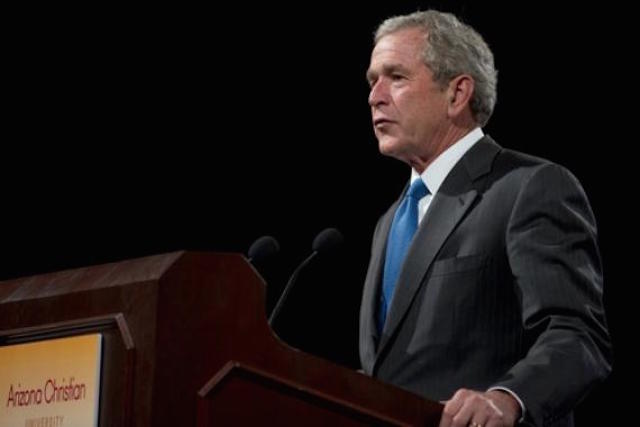
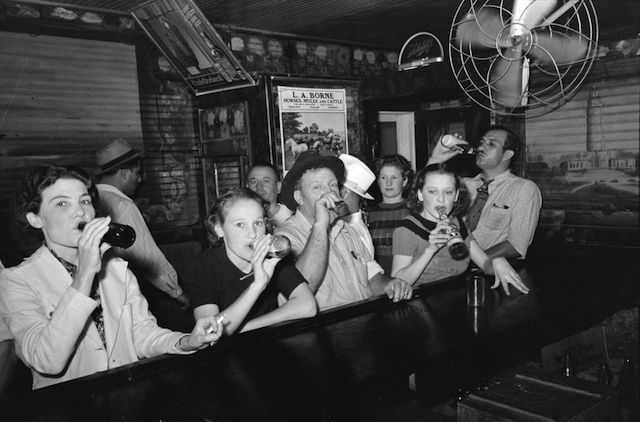
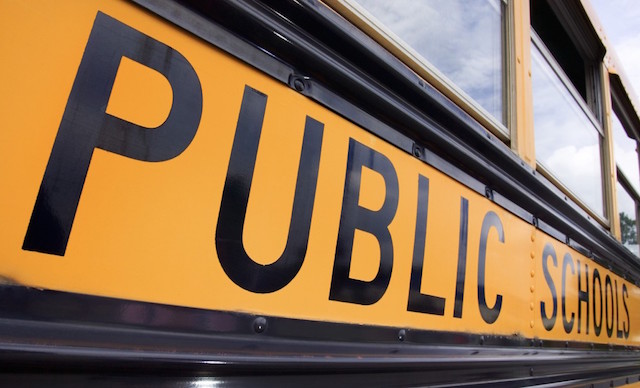

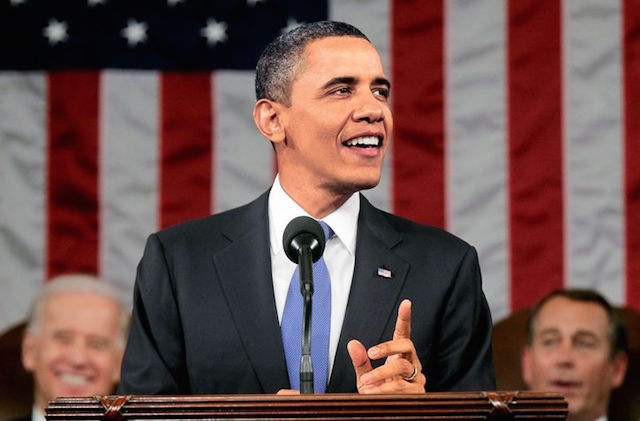
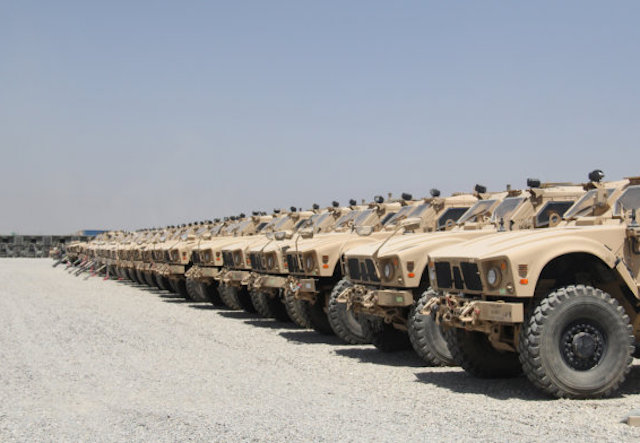


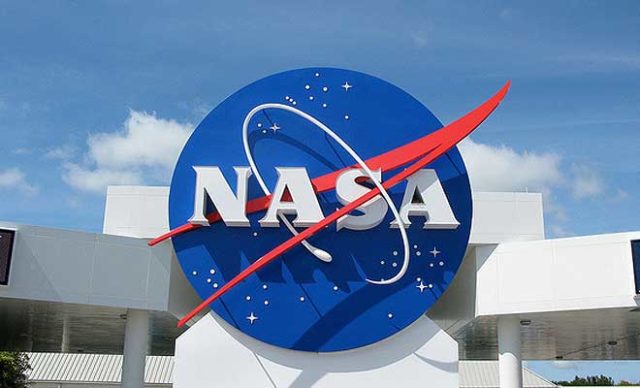

1 Comment
Police have long had standard training that wouldn’t seem out of place on the military, in response to the increased threat of criminals with access to automatic weapons, and the rise in mass shootings and terrorism.
Ever hear of the SWAT team? It’s the same concept here. Police will still wear the standard uniform and carry pistols, but when dealing with greater threats, will have the training and equipment to handle them.